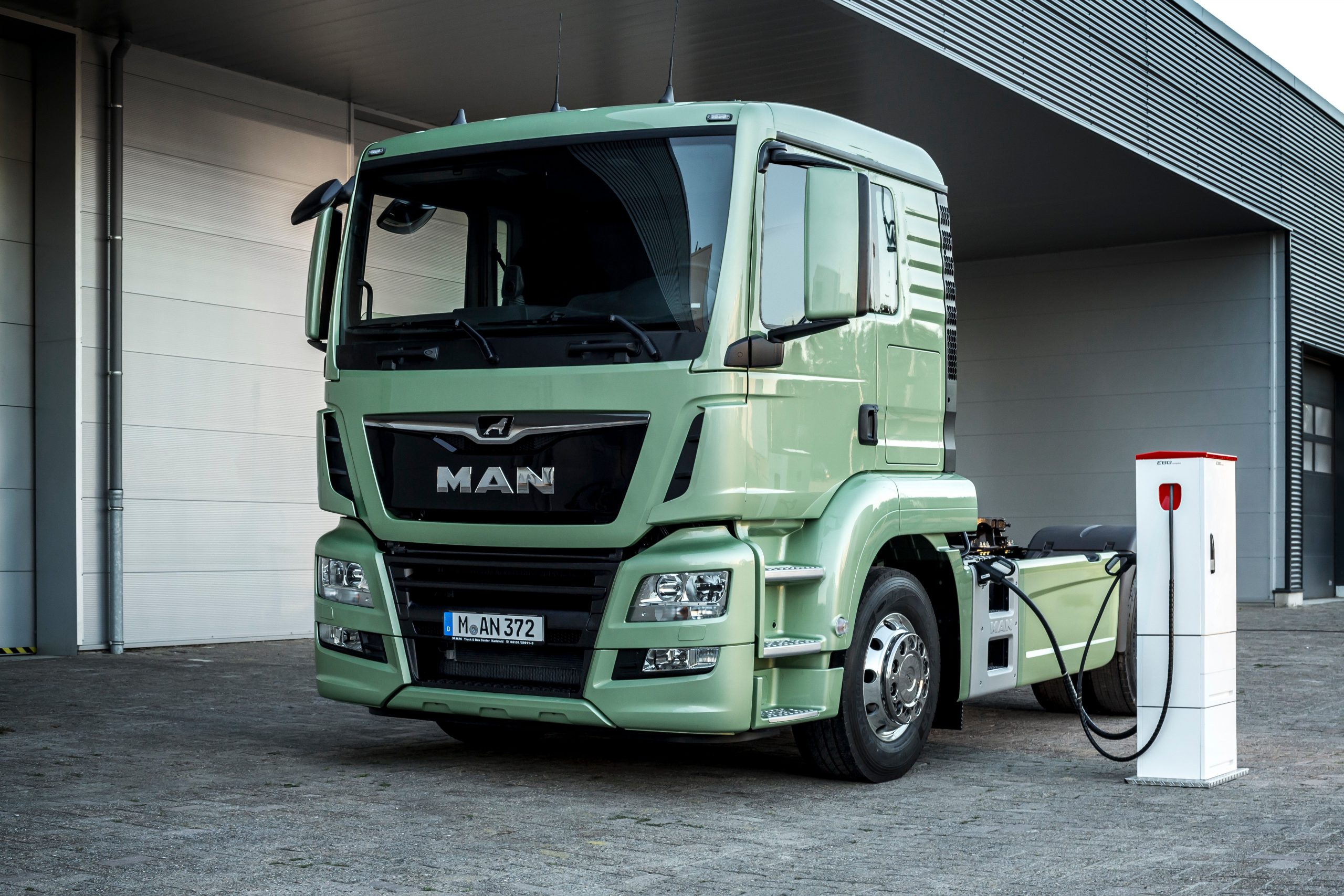
EU agrees first-ever CO2 targets for trucks, delivering a 30% cut in fuel burnt and kick-starting zero-emission vehicles
The European Parliament today voted to cut carbon dioxide emissions from new trucks by 30% by 2030, benefiting truckers with almost €60,000 in fuel savings per vehicle over a five-year period [1]. MEPs also agreed to reward truckmakers whose electric, hybrid and hydrogen vehicles make up at least 2% of new truck sales with a less stringent CO2 target. European campaign group Transport & Environment (T&E) says this zero-emission sales incentive will help kick-start the shift away from fossil fuel technology.
Trucks in Europe already today account for 22% of road transport emissions while making up 2% of the vehicles on the road. The EU is the last major economy to regulate the fastest growing CO2 source in European road transport [2]. The European Commission expects the activity from heavy goods vehicles to jump by more than 50% in the period 2010-2050.
Stef Cornelis, cleaner trucks manager at T&E, said: “This law is a pivotal moment for the truck industry in Europe. After 20 years of very little progress in fuel efficiency, and the biggest cartel fines in the industry history, truckmakers have to cut emissions by almost a third over a decade and start supplying zero emission trucks. But this is just the beginning and the rules will need to be made a lot more ambitious when they are reviewed in 2022.”
In a separate development yesterday, the independent National Infrastructure Commission appointed by the UK Treasury recommended the British government ban the sale of new diesel trucks no later than 2040 to achieve zero-emission freight in 2050.
Already today electric trucks can be cheaper to operate than diesel lorries. T&E urges European truckmakers not to miss this market opportunity and start supplying zero-emission trucks now, instead of waiting until the last minute. The focus, the campaign group argues, should be on truly zero tailpipe emission technology such as battery electric vehicles and hydrogen fuel cells. Any climate emission savings from fossil gas trucks are very modest, offering only investment lock-in, instead of a workable path to zero emissions.
The emission reduction targets will be determined according to the emissions levels achieved by the new truck fleet from mid 2019 to mid 2020. T&E alerts regulators to the obvious temptation for truckmakers to inflate the emissions levels starting this July in order to lower the efforts needed to achieve the clean truck targets during the 2020s.
Stef Cornelis said: “The European automotive industry has a notorious track record of collusion. EU regulators stand warned. A door must not be left open for manipulation and cheating in emission reduction targets. The European Commission should therefore come forward as soon as possible with a rigorous methodology to check and adjust if necessary the baseline values. Inflating the 2019/2020 emission levels will severely undermine the goal of the regulation, lead to lower fuel savings, compromise emission reductions, and jeopardise even further the achievement of the Paris goals.”
All major EU truckmakers engaged in a cartel to fix prices and delay the introduction of clean technology from 1997 to 2011. Big businesses including IKEA, Unilever, Carrefour and Nestlé, as well as logistics companies and hauliers, had called for the CO2 targets and sales benchmark to help them address their climate responsibilities and make fuel savings.
Trucks now account for around 20% of air pollution in cities such as Berlin and London [3].